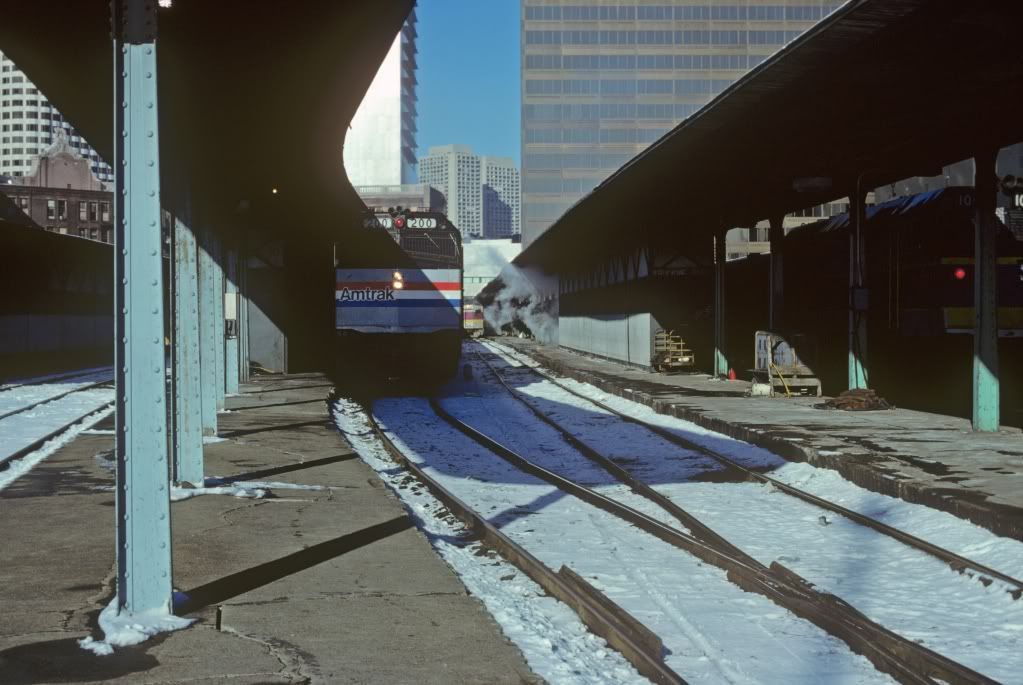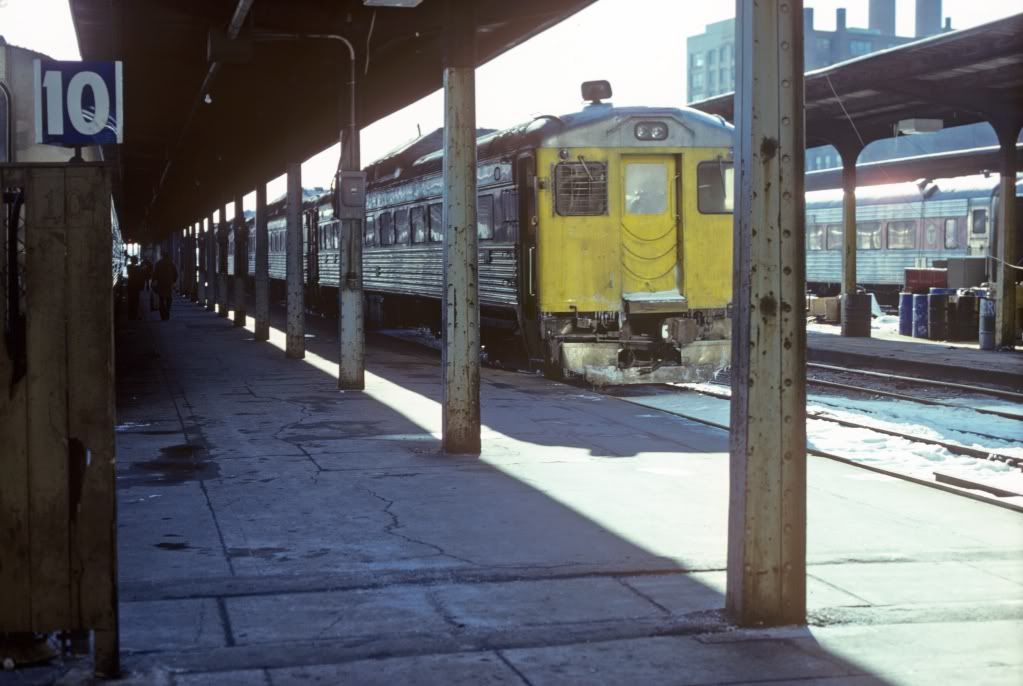bmcdr wrote:[*]RailBus63 wrote:Does every look back in time have to result in a reflexive slam at today's world and a lament that things just aren't as good as they used to be?
I still go out railfanning and taking pictures of the present, and have a great time interacting with the younger guys. I also have respect for my grandfather's time and my father's era, both of them railroad men with the B&M, but please, let me have my memories without condemning me for it. I'm just saying that you young guys would have loved it in the 1950's and 60's, but until you've actually worked in today's railroad environment with its political correctness, quotas, and new hires that can't even hook up an air hose or put on their uniform without looking like an un-made bed, or the constant array of passengers and co-workers who can't wait to text message management because they felt offended by something you say or do, then you can tell me I'm the typical narrow minded old timer.
David, my comment was not meant as a slam at you personally, so I apologize if it came across as such. I just seem to encounter so many railfans who do nothing but complain about today's railroading and how things were so much better in the past, etc., that I reacted to some of the comments in this thread. It appears that you and I actually share the same outlook - I'm in complete agreement when you wrote
'I still go out railfanning and taking pictures of the present, and have a great time interacting with the younger guys. I also have respect for my grandfather's time and my father's era'. That sums up my outlook nicely.
I do miss those days as well - when I was a teenager, my brother and I spent hours hanging around South Station and would walk through the old dirt parking lot all the way down to the curve near the Fort Point Channel bridge. The guys in the tower undoubtedly saw us but nobody cared because we didn't walk on the tracks or climb on the equipment. That level of innocence is completely gone today, and I'd be lying if I said it doesn't bother me how the simple and timeless act of railfanning is looked at so suspiciously these days. I refuse to let the paranoia stop me, though, and I've enjoyed many hours trackside with my own son.
As to your last comments about working on today's railroads - I've never worked in the industry so I try to avoid offering my opinion there. Again, my apologies if I misled with my previous comments. From what I've read and heard about, I honestly am very glad I never joined the industry and can enjoy this hobby without seeing so much of the crap that happens on the inside.
Anyways, I really appreciate the old photos that have been posted here - I'll try to scan some of my old slides from the late 1970's and the 1980's soon to share with everyone.
Jim


